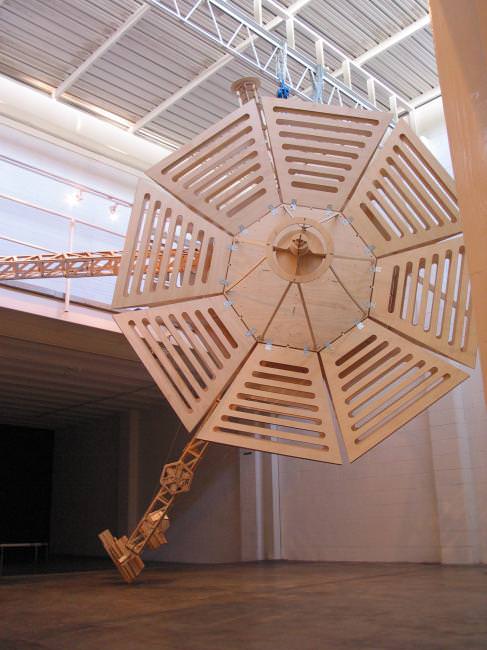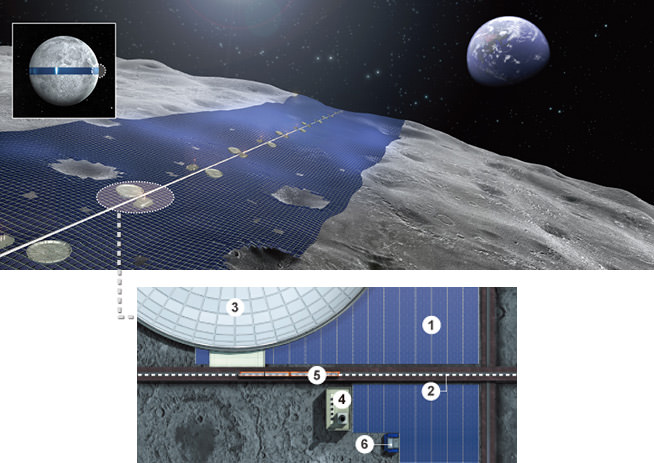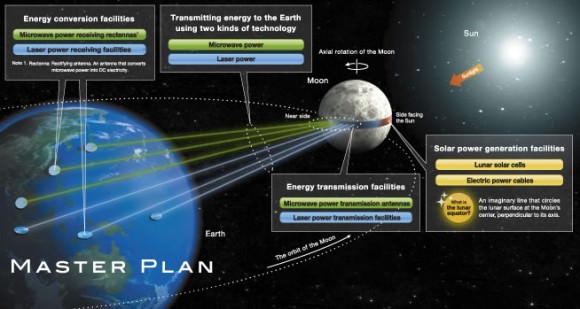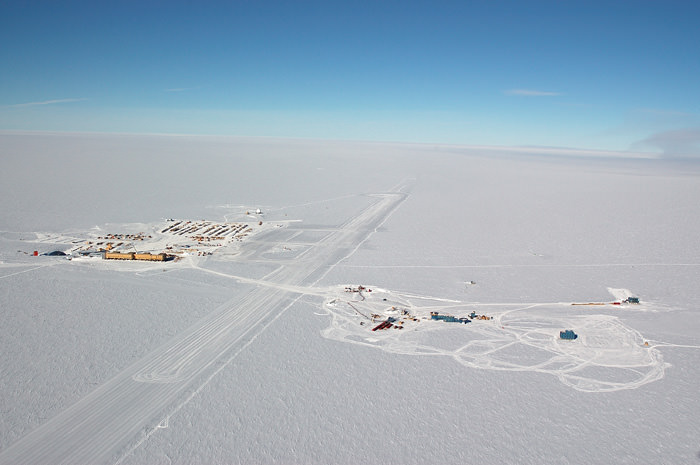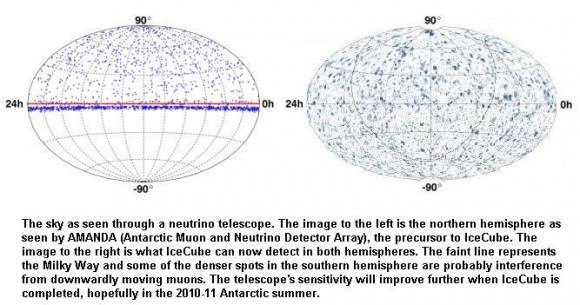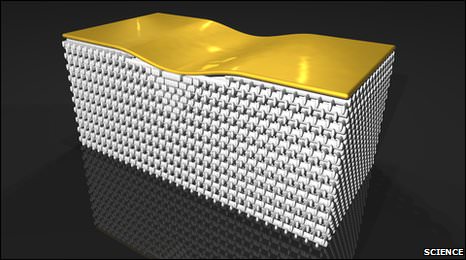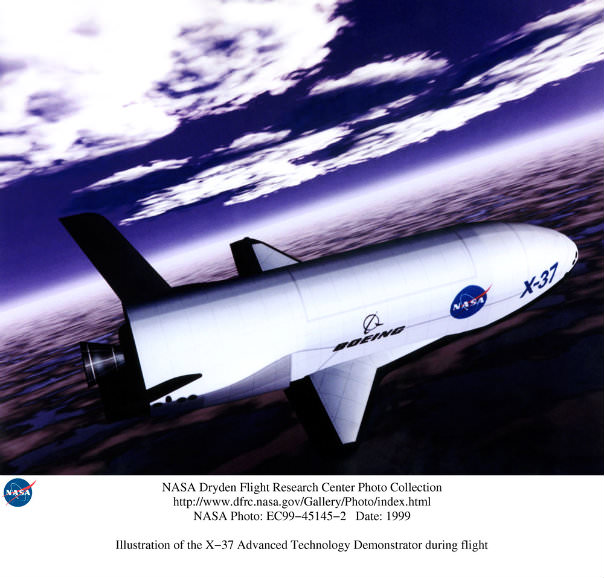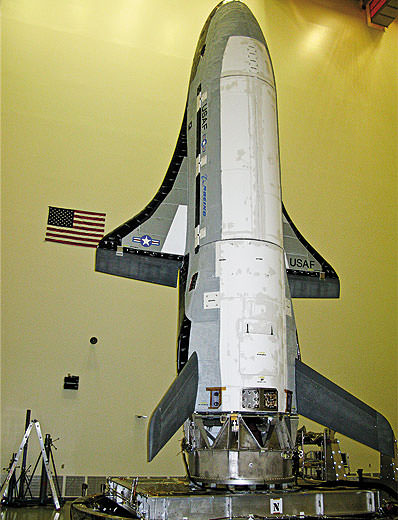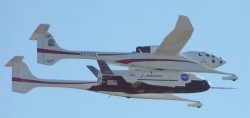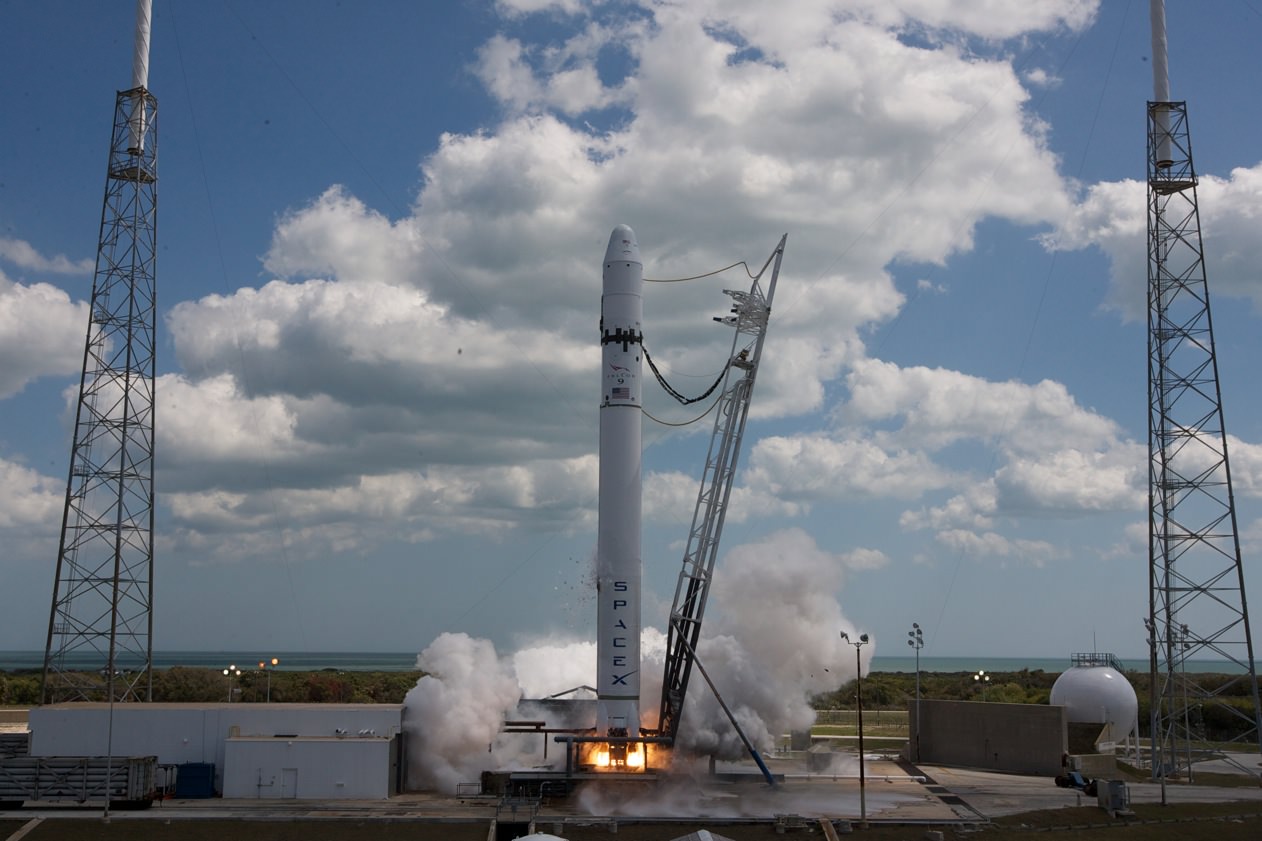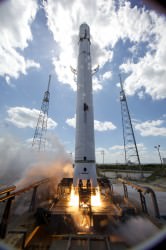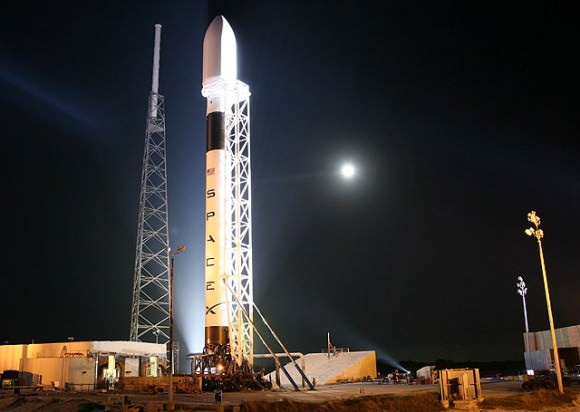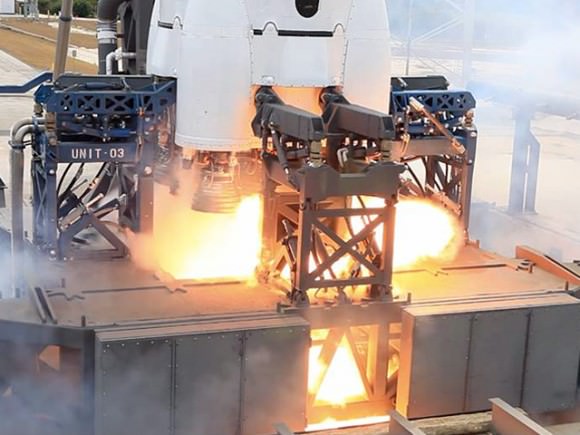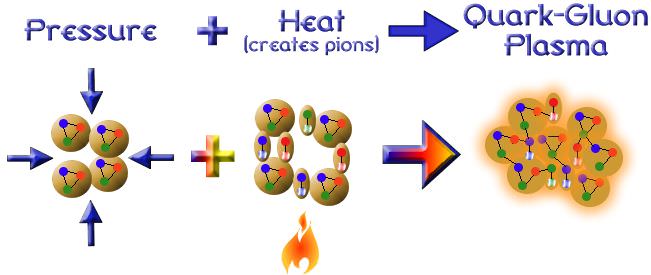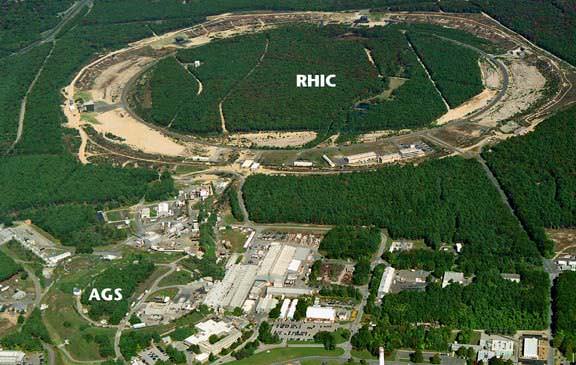[/caption]
If you think about it, spacecraft are kind of ethereal in that once they are launched into space, we don’t ever see them again. Australian artist Peter Hennessey has created life-size wooden sculptures of several different spacecraft, giving people the chance to see and touch these objects that are immediately recognizable but which we will never actually experience. Hennessey says he wanted to “reverse the virtualization of physical things” by creating life-size reproductions of the spacecraft such as the Voyager space probe, Apollo Lunar Rover, the Hubble Space Telescope, and more. From Hennessey’s website: “By ‘re-enacting’ space traveling, scientific and military objects in plywood, galvanized steel and canvas, the artist creates ‘stand-ins’ that allow the viewer to contemplate their physical, symbolic and historical resonances as well as the political processes that they represent.”
I just think they are really cool, and I’d love to see them – Hubble has to be huge! See below.
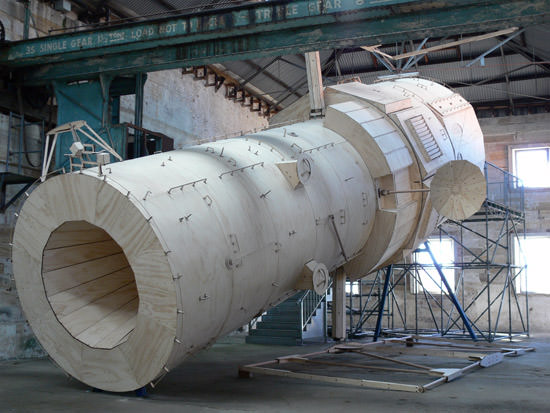
“My Hubble (the universe turned in on itself) is now on display in Sydney Australia as part of “Biennale of sydney 2010.” This life size ‘re-enactment’ of the Hubble Space Telescope was constructed “with the aim of giving the viewer a physical experience of the object.” It is constructed from lasercut plywood and steel and simultaneously enacts the scale and detail
of the original. This is an interactive sculpture: visitors are encouraged to play with, modify and create their own mini universes on the ground, which are then reflected by the telescope into the heavens.
According to the Design Bloom website, when creating his work Hennessey looked at 7 different images of the Hubble, and rather than using 3D software to model individual parts as one might expect, he used adobe illustrator. Building the telescope took about 3 months – in which 6 weeks were dedicated to laser cutting individual parts and building them into sections and the rest of the time was dedicated to assembling it.
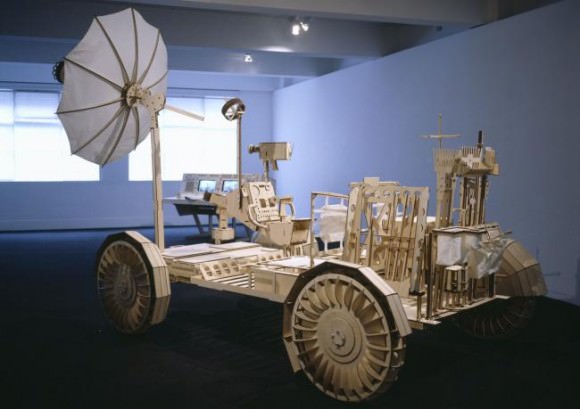
With ‘My Moon Landing’ Hennessey’s wanted to explore the “physicality, presences and symbolic power of the inaccessible objects that derive from the space race.”
Hennessey has even built a wooden replica of mission control.
Check out all his unique sculptures on his website.
Hat tip to Rachel Hobson!

